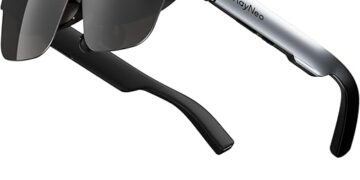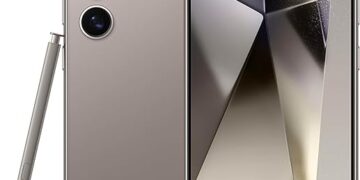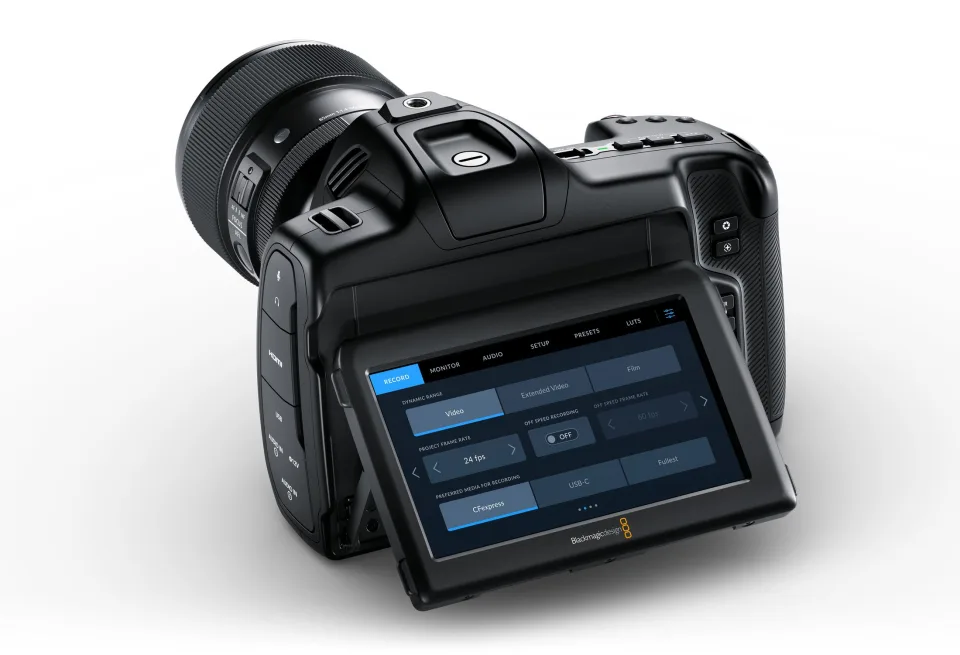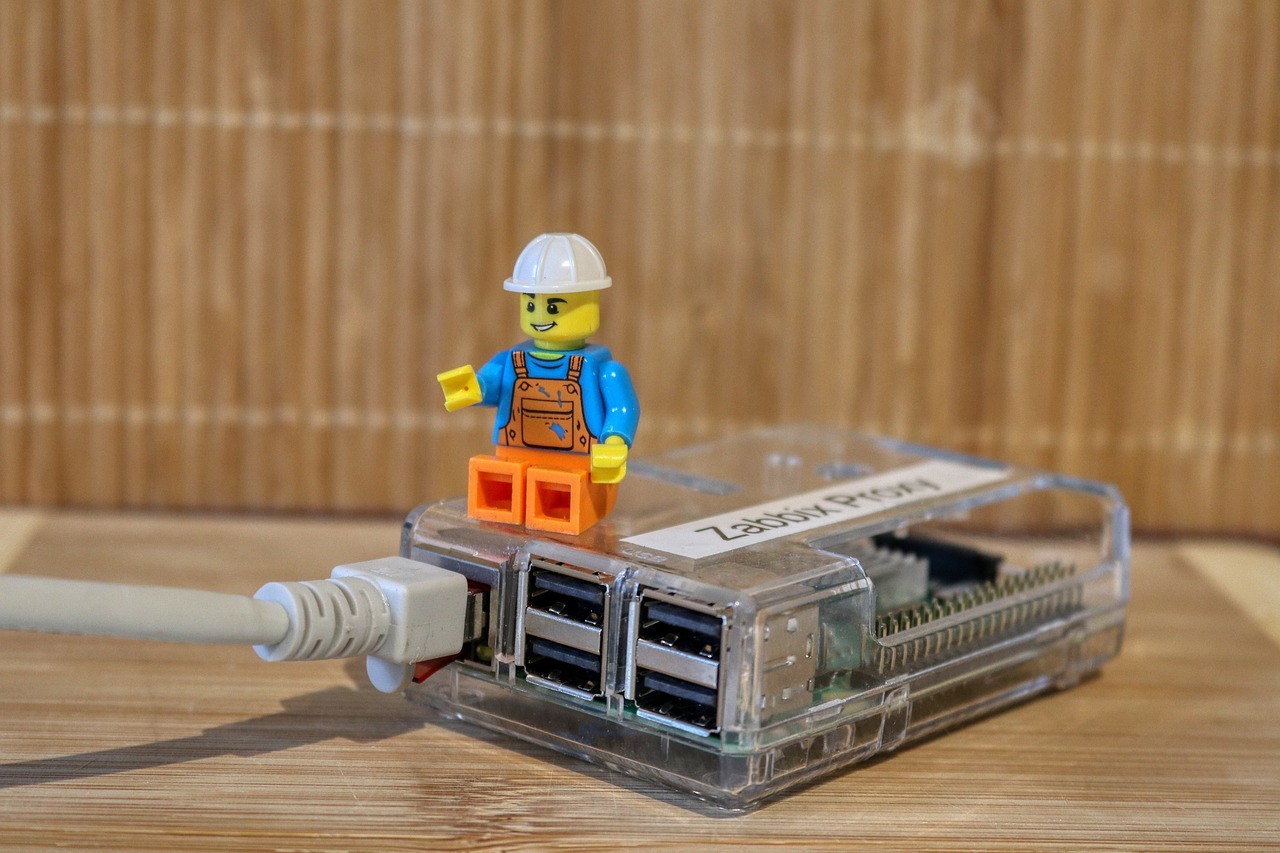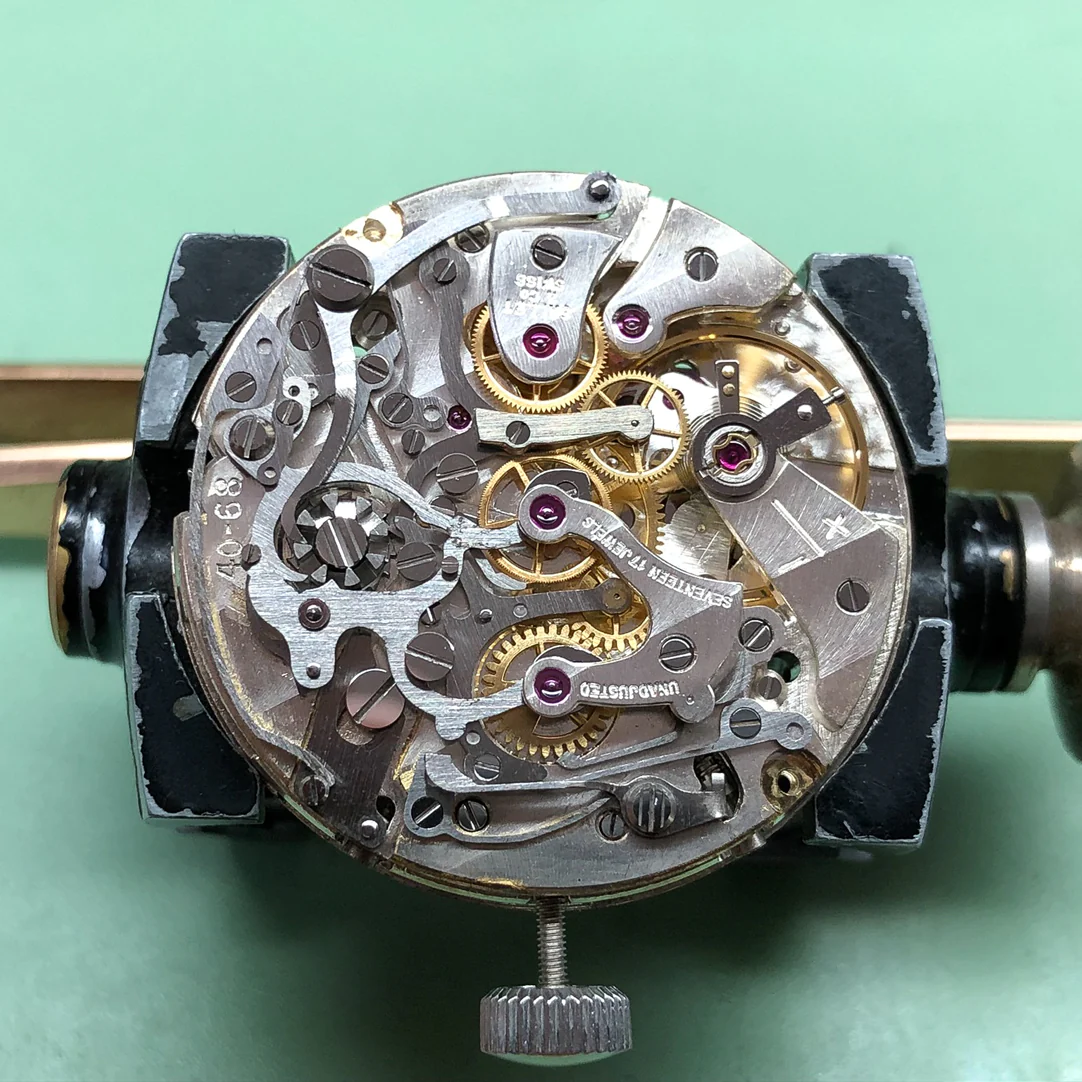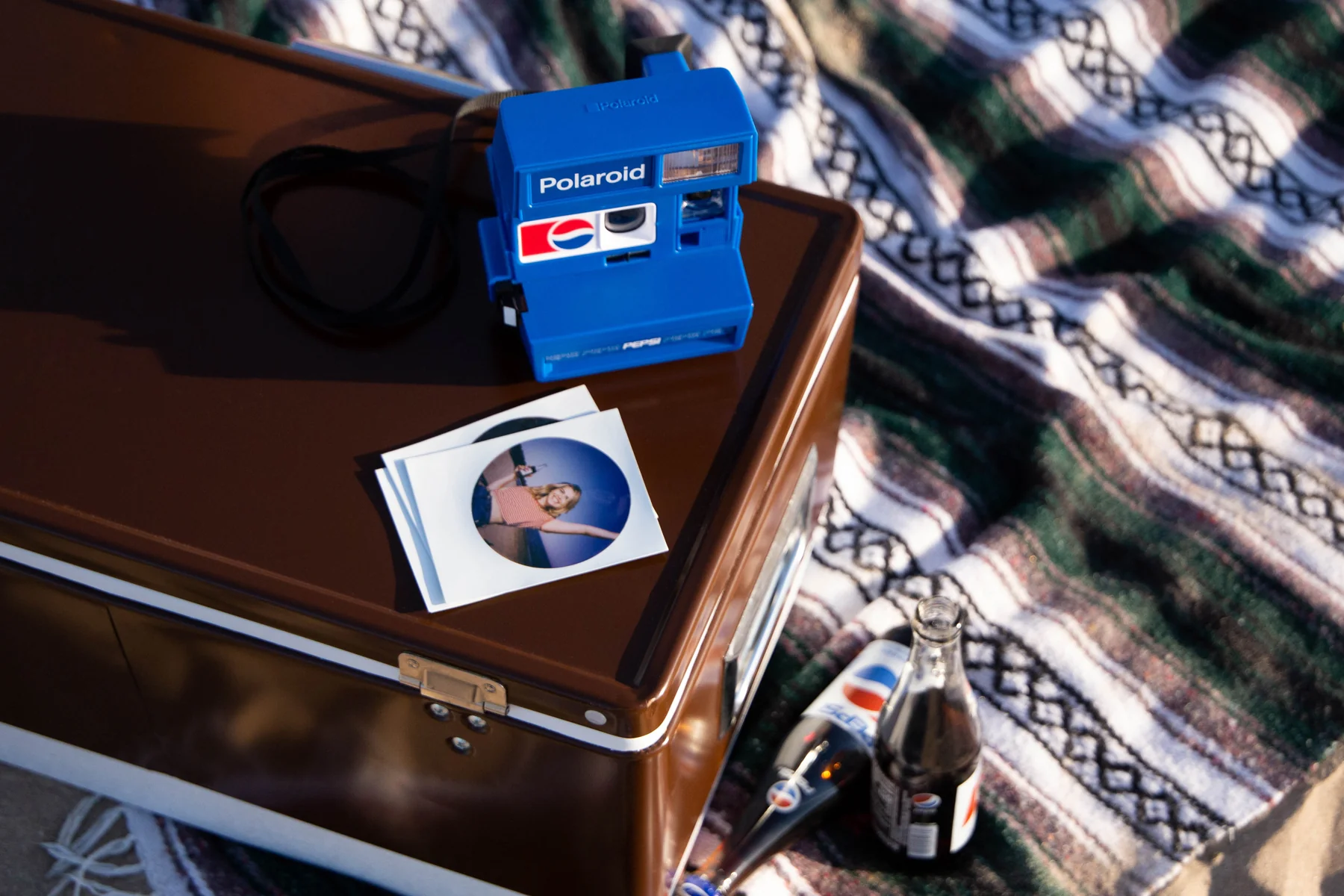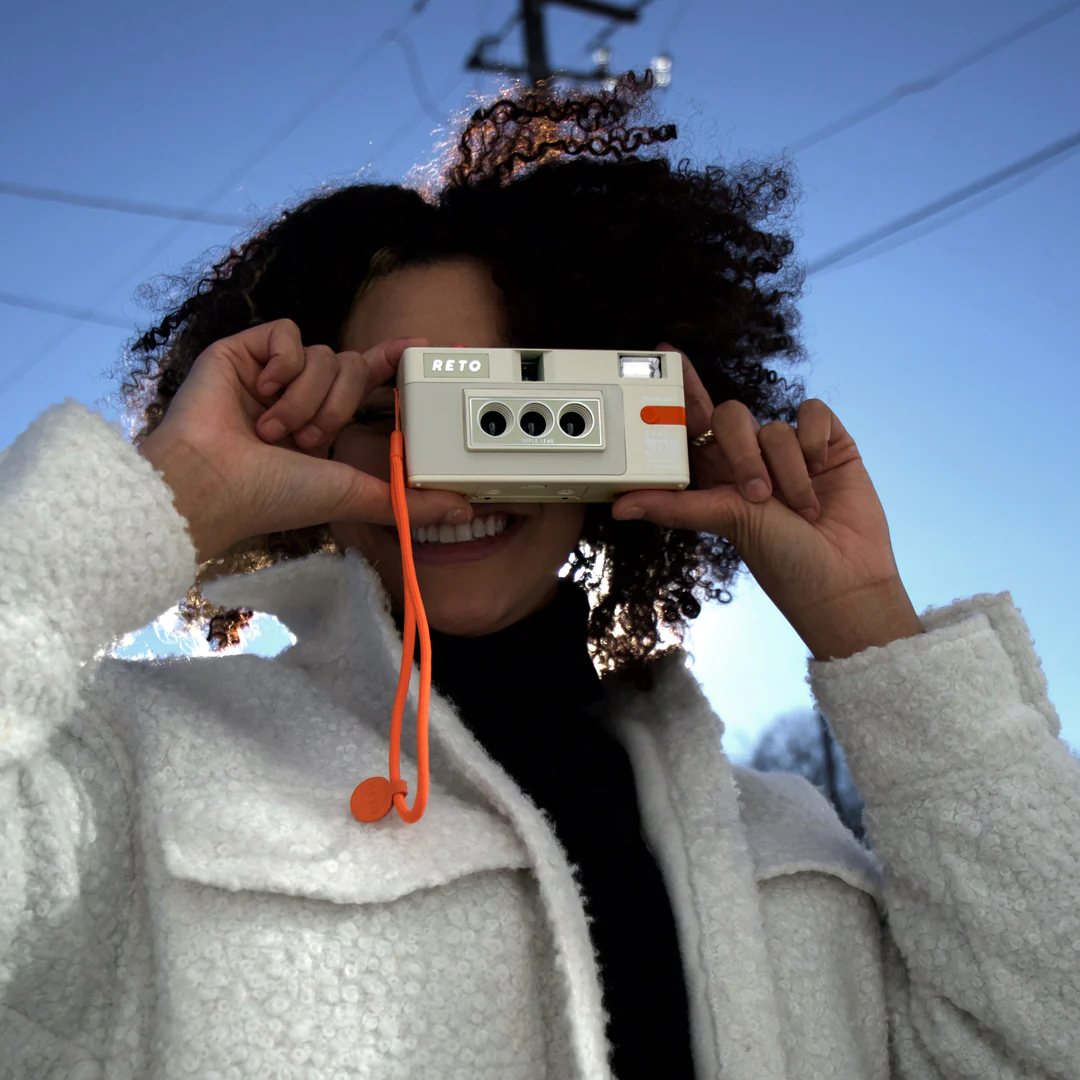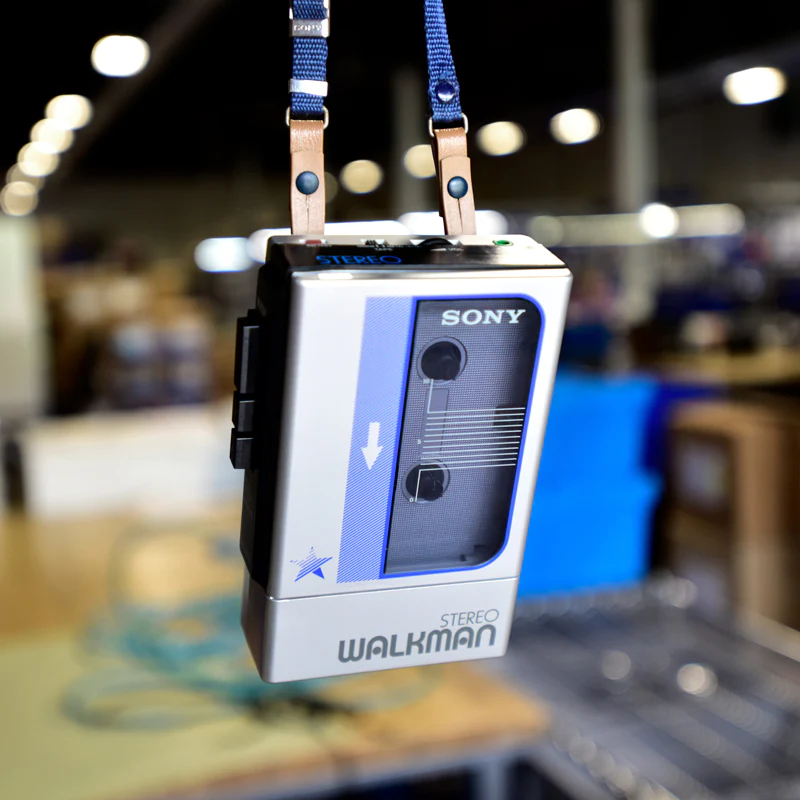DJI raised the bar for compact drones with the Mini 3 Pro, packing impressive technology and a high-quality camera into a sub-250 gram marvel. Following up on this success was no small feat, but DJI has done it with the launch of the eagerly awaited Mini 4 Pro, bringing a host of exciting new features to the table.
Betschkim Charger for DJI Mini 3 Pro, Mini 2 SE, Air 3, Air 2S, Avata, Mavic Drones, 4-in-2 3A Fast Charging Cable USB C Cord for DJI DJI Mini 3 Pro/Mini 3/Mini 2 SE Battery Accessories - 5FT
While the camera remains largely unchanged, the Mini 4 Pro introduces omnidirectional obstacle sensors, eliminating the blind spots that its predecessor had. It also boasts a new feature called ActiveTrack 360, allowing users to program camera movements while tracking a subject.
DJI Mini 4 Pro Pros:
- Highly maneuverable
- Improved obstacle avoidance
- ActiveTrack 360 feature enhances tracking
- Impressive image quality
Cons:
- Not entirely crash-proof
- Slightly on the expensive side
Small drones offer unparalleled agility, making them perfect for capturing fast-paced action while minimizing the risk of damage from crashes. With its various improvements, the Mini 4 Pro promises to excel in these aspects and provide a safer and better experience, at least on paper. Let’s see if it lives up to these expectations in the real world.
The Mini 4 Pro retains its sub-250 gram weight, ensuring it can be flown without the need for a license or registration in many regions. However, it features subtle design enhancements all around. Notably, the forward- and rear-facing sensors are now positioned to cover the sides as well, resulting in a more comprehensive view. The body has also undergone refinements, including larger cooling vents, slightly smaller rear arms, and new landing feet at the front. The camera/gimbal shield is now more compact and easier to install, and it includes a guard to protect the propellers during storage.
DJI Mini 3 Pro (DJI RC), Lightweight Drone with 4K Video, 48MP Photo, 34 Mins Flight Time, Less than 249 g, Tri-Directional Obstacle Sensing, Return to Home, Drone with Camera for Adults
DJI Mini 3 (DJI RC) - Lightweight and Foldable Mini Camera Drone with 4K HDR Video, 38-min Flight Time, True Vertical Shooting, and Intelligent Features
The gimbal offers a tilt of up to 60 degrees upwards and 90 degrees downwards, while the camera can rotate 90 degrees to provide full vertical resolution for social media content. A microSD port is located at the rear, and the Mini 4 Pro includes 2GB of internal storage for emergencies.
The drone is available with one of two controllers: the basic RC-N2 that requires a smartphone or the RC2 with a built-in screen. As it utilizes DJI’s new Ocusync 4 transmission (first introduced with the Air 3), it is compatible only with the new controllers and not the older models, at least for now.
DJI Mini 3 Pro Camera Drone Quadcopter with RC Smart Remote Controller CP.MA.00000492.02 with 4K Video, 48MP Photo, Extended Protection Bundle with Deco Gear Backpack + FPV VR Viewer Pilot Headset
For sunny days, users can opt for a $55 ND filter set, which is recommended for improved image quality. DJI also offers an 18mm equivalent wide-angle lens attachment priced at $40, but it introduces noticeable barrel distortion and potential focus issues.
The Mini 4 Pro supports DJI’s Lightcut, an editing app that simplifies the creation of captivating videos for social media. This app merges ActiveTrack, MasterShots, and QuickShots footage, automates sound effects, and offers wireless functionality, eliminating the need to download footage to your smartphone.
Performance Given its small size and agility, the Mini 4 Pro can be considered a flying action camera, benefiting from the same sensor as DJI’s Action 4. Its lightweight design and affordability compared to larger drones like the Mavic 3 Pro mean that crashes are less financially daunting.
DJI Mavic 3 Pro with DJI RC (screen remote controller), Flagship Triple-Camera Drone with 4/3 CMOS Hasselblad Camera, 43-Min Flight Time, and 15km HD Video Transmission, For pro aerial photography
The drone achieves a maximum speed of 35 MPH in sport mode and 26 MPH in regular operation. It can handle winds of up to 24 MPH, an impressive feat for a sub-250 gram drone. During operation, it may appear to be affected by wind, but thanks to DJI’s gimbal and stabilization technology, the footage remains steady.
Compared to its predecessor, the Mini 4 Pro offers all-around protection, much like the Mavic 3 Pro and Air 3, courtesy of four new omnidirectional sensors on top and two on the bottom, along with a time-of-flight sensor. Additionally, it employs DJI’s APAS, providing automatic braking and obstacle avoidance for enhanced safety.
However, users investing over $760 in a drone might be reluctant to test the limits of obstacle detection. Fortunately, that’s where thorough testing comes in. While maneuvering the Mini 4 Pro among trees and potential obstructions, the sensors worked well. It navigated around obstacles, selected suitable routes, and reacquired subjects if they disappeared. This capability allowed for the capture of impressive action footage, but vigilance is always advised.
The ActiveTrack 360 feature introduces camera movements to subject tracking, enabling the creation of dramatic shots. Although it may seem complex initially, the concept is straightforward. Users utilize the “steering wheel” to draw a route on concentric circles, and the drone follows this path while avoiding obstacles.
Parameters such as inner and outer radius, inner and outer height, camera speed, and ground proximity can be adjusted, providing versatility in capturing various shots. Determining the drone’s forward and backward orientation can be slightly confusing and requires improvement for clarity.
Careful planning enables the capture of stunning ActiveTrack shots, but users should remain cautious of obstacles and the added complexity of predicting the drone’s position at the endpoint. It is advisable to practice in open areas before attempting intricate shots in complex environments.
Of course, the Mini 4 Pro retains DJI’s automatic modes tailored for social media users, including MasterShots, QuickShots, Panorama, and Hyperlapse. It also features the Waypoint feature from the Mavic 3 Pro, allowing users to pre-program complex drone movements and repeat them—a sophisticated capability for a compact drone.


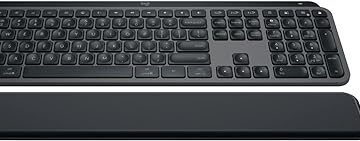







![Apple Watch SE (2nd Gen) [GPS 40mm] Smartwatch with Starlight Aluminum Case with Starlight Sport Band S/M. Fitness & Sleep Tracker, Crash Detection, Heart Rate Monitor](https://www.tech-bit.com/wp-content/uploads/2024/06/applewatchse2ndgengps40mmsmartwatchwithstarlightaluminumcase-360x180.jpg)







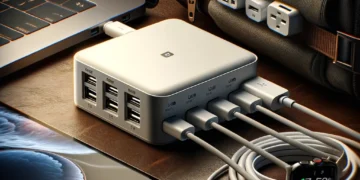



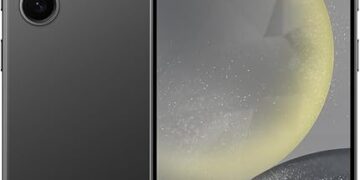
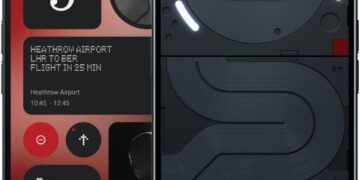



![Apple Watch Series 9 [GPS 45mm] Smartwatch with Midnight Aluminum Case with Midnight Sport Band S/M. Fitness Tracker, ECG Apps, Always-On Retina Display, Water Resistant](https://www.tech-bit.com/wp-content/uploads/2024/06/applewatchseries9gps45mmsmartwatchwithmidnightaluminumcasewith-360x180.jpg)
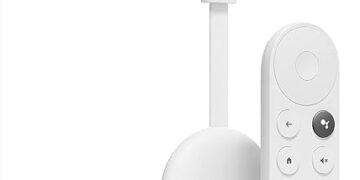
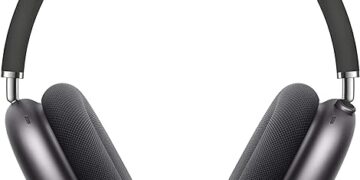

![Apple Watch Ultra 2 [GPS + Cellular 49mm] Smartwatch, Sport Watch with Rugged Black Titanium Case with Black Ocean Band. Fitness Tracker, Precision GPS, Action Button, Extra-Long Battery Life](https://www.tech-bit.com/wp-content/uploads/2024/10/applewatchultra2gpscellular49mmsmartwatchsportwatchwithrugged-360x180.jpg)

